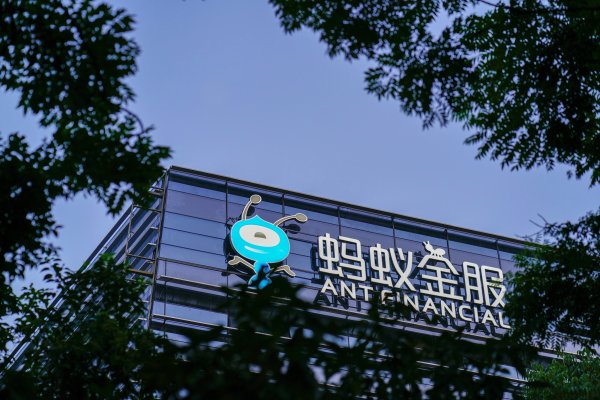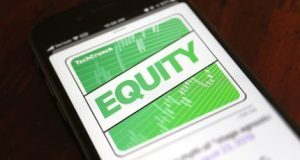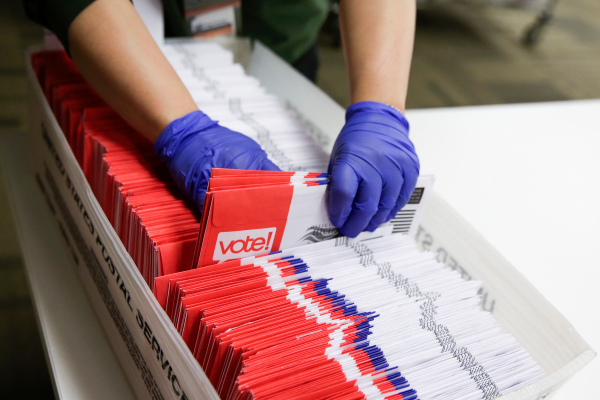QR Codes for a Greener Future
Those ubiquitous black and white squares we’ve all grown accustomed to seeing – QR codes, or Quick Response codes – have transcended their role as simple links to websites. Today, they hold the potential to be powerful tools in the fight for a greener future. While traditionally used to direct us to online content, QR codes can now be harnessed to promote environmental education, encourage sustainable practices, and foster community engagement in eco-conscious initiatives. By utilizing a user-friendly online QR code generator, everyday individuals and organizations can easily create eco-friendly campaigns.
The environmental challenges we face are undeniable. Climate change, pollution, and resource depletion threaten the very fabric of our planet. In this critical moment, innovation and creative solutions are paramount. Here’s where QR codes emerge as a surprising ally in the realm of sustainability.
QR Codes for Environmental Education
Imagine strolling through a nature trail, captivated by the vibrant scenery. You come across a strategically placed sign adorned with a black and white square. Curiosity piqued, you whip out your phone and scan the code. Suddenly, a wealth of information about the local flora and fauna unfolds on your screen. This is the magic of QR codes used for environmental education.
- Interactive Learning Experiences: Parks and nature trails can be transformed into interactive classrooms with the help of QR codes. Embedded within signs or placed near specific trees or plants, these codes can link to detailed descriptions, educational videos, or even augmented reality experiences that bring the natural world to life.
- Raising Awareness Through Gamification: Gamified quizzes or challenges accessed through QR codes can make learning about environmental issues engaging and fun. Imagine answering trivia questions about local endangered species or participating in a virtual scavenger hunt that highlights the importance of habitat conservation. These interactive elements can spark curiosity and encourage a deeper understanding of environmental challenges.
- Spotlighting Conservation Efforts: QR codes can be used to showcase ongoing conservation efforts in specific locations. Placed near protected areas or wildlife corridors, these codes can link to informative content about the importance of these initiatives, success stories, or even calls to action for citizen participation.
By seamlessly integrating technology with the natural world, QR codes can foster a deeper appreciation for our environment and empower individuals to become active stewards of the planet.
QR Codes and Sustainable Practices
The environmental impact of our everyday choices is undeniable. QR codes can play a crucial role in promoting sustainable practices by bridging the information gap between consumers and products. Imagine scanning a QR code on a product package and being instantly directed to a detailed breakdown of the product’s life cycle. This could include information about the materials used, the manufacturing process, and most importantly, responsible disposal or recycling options. Empowered with this knowledge, consumers can make informed choices that align with their environmental values.
Restaurants can utilize QR codes to display digital menus, eliminating the need for paper menus that often end up discarded. This not only reduces paper waste but also allows for real-time menu updates and the ability to highlight seasonal or sustainable ingredients. Similarly, QR codes printed on reusable shopping bags can inform consumers about the environmental benefits of using them compared to traditional plastic bags. This can encourage a shift towards more sustainable shopping habits.

Community Action through QR Codes
Engaging communities in environmental initiatives is crucial for achieving large-scale change. QR codes can be a powerful tool for mobilizing community action. Imagine scanning a QR code displayed on a public billboard and being directed to a website where you can sign up for a local beach cleanup event. This seamless transition from awareness to action can significantly boost participation in volunteer opportunities.
QR codes can also be strategically placed on recycling bins, providing users with quick access to information about proper waste sorting and disposal. This can help reduce contamination in recycling streams and ensure a more efficient waste management system. Sustainability fairs and events can leverage QR codes for interactive activities, such as collecting user feedback on environmental initiatives or promoting citizen science projects where individuals contribute data to environmental research.
The Future of Green QR Codes
The potential of QR codes in promoting sustainability extends far beyond current applications. Imagine a future where real-time environmental data – like air quality or water pollution levels – is readily available by scanning a QR code displayed in public areas. This empowers individuals to make informed decisions about their health and well-being while holding authorities accountable for environmental standards. Gamified recycling programs could incentivize participation by awarding points or badges through QR codes scanned on recycled items.
However, it’s important to remember that true sustainability goes beyond the technology itself. When printing QR codes, using eco-friendly materials made from recycled paper or soy-based inks ensures a minimized environmental footprint.
In the end, QR codes are no longer just a convenient way to access information online. They are emerging as a powerful tool for bridging the gap between technology and sustainability. From enhancing environmental education to promoting sustainable practices and fostering community engagement, these versatile codes offer a multitude of innovative solutions for a greener future. Whether you’re an individual looking to make more eco-conscious choices or an organization seeking to promote environmental responsibility, QR codes offer a unique opportunity to bridge the digital and physical worlds in the pursuit of a more sustainable future. So, the next time you encounter a QR code, don’t just scan it, explore its potential to create positive change for our planet.








